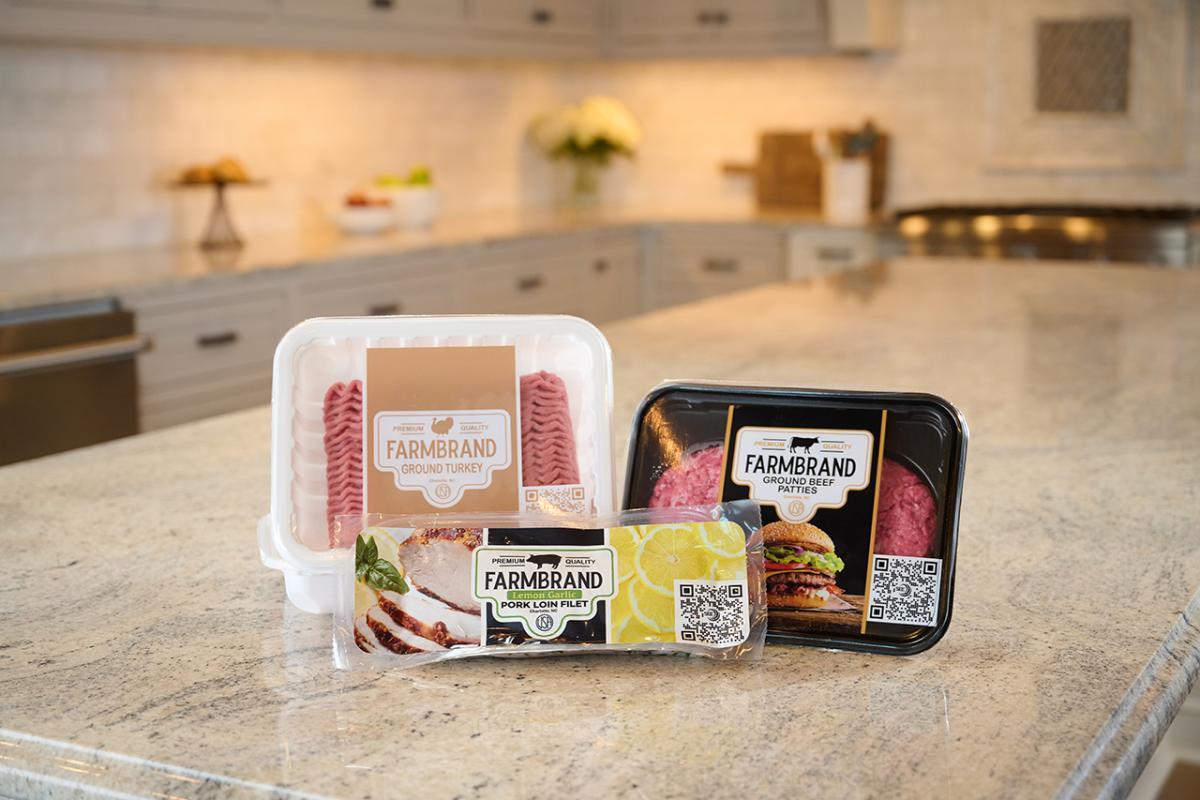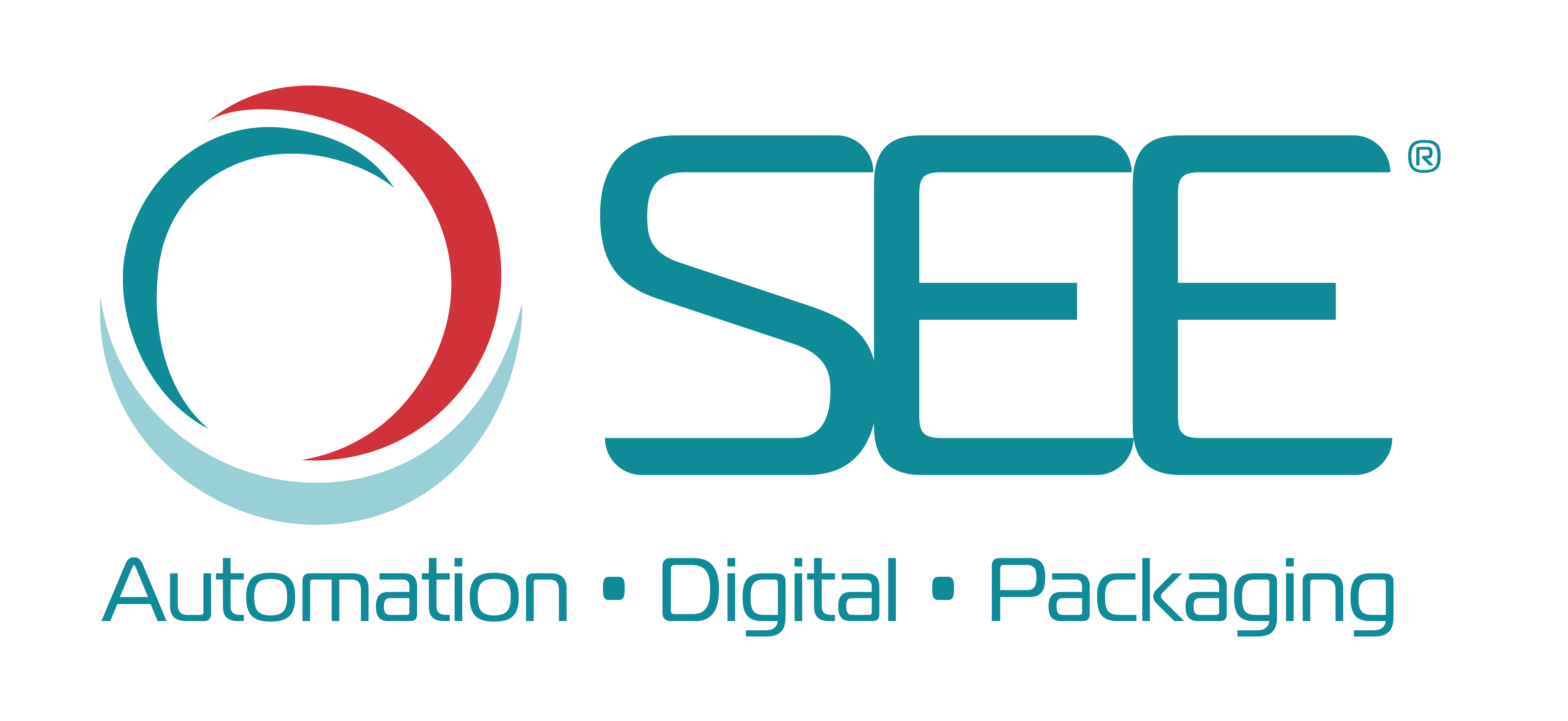The Evolution of Sustainable Packaging

Originally published by Food Engineering magazine
By Shawn Harris
Meat packaging has undergone a significant evolution over the years, driven by various factors including labor and productivity concerns, environmental considerations and changing consumer preferences. Now, one of the biggest influences in meat packaging is increasing interest from both consumers and companies in sustainability factors, and particularly in recyclability.
But sustainability is about much more than recycling. It’s about creating a circular system where resources are continuously cycled and reused rather than discarded as waste. And it’s about creating sustainable solutions that are less carbon intensive, meaning they result in lower emissions of carbon dioxide (CO2) and other greenhouse gases into the atmosphere. It’s about setting ambitious environmental impact goals, ones that address the top concerns of companies and consumers alike: pollution and climate change.
So how does packaging play a role in minimizing these environmental concerns?
On the pollution side it’s about maximizing circularity and the two components that make up circularity: beginning of life, using recycled content and items that are more naturally sourced; and end of life, using materials that can be easily recycled. Something that is more circular is less likely to end up in our environment and more likely to be used again in some capacity.
On the climate change side, the objective is to minimize your carbon footprint. Shelf-life extension, reduction of food waste, transportation efficiency and using high performance-to-weight ratio products like vacuum films or shrink bags all play into this.

